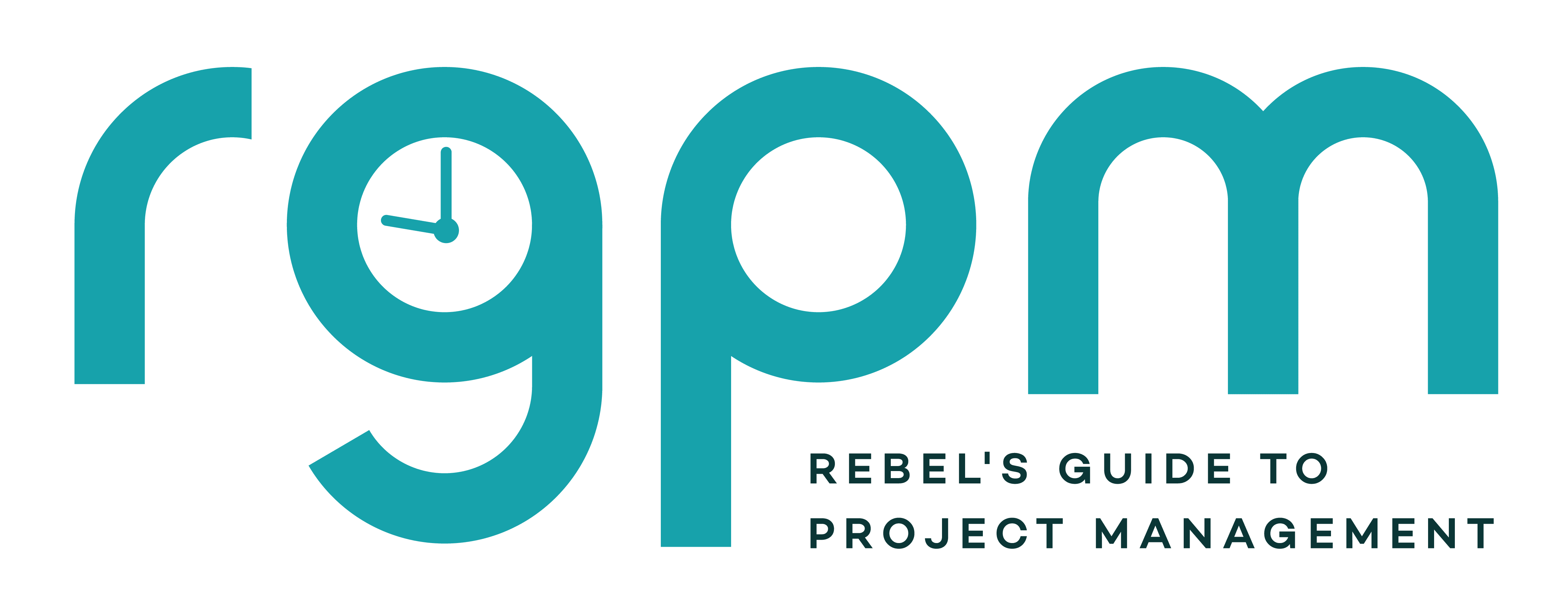The Presentation Book [Book Review]
This blog is reader-supported. When you purchase something through an affiliate link on this site, I may earn some coffee money. Thanks! Learn more.
Read our review guidelines.
![The Presentation Book [Book Review] 1 Book review of The Presentation Book](https://rebelsguidetopm.com/wp-content/uploads/2014/07/B039_Presentation-Book.jpg)
I read this book before doing a talk to the PMI Southern Ontario (Canada) Chapter about customer centric project management. It’s a very practical book and I found myself talking notes about how to improve my presentation instead of about the key points for this review.
One of the topics I found most useful was audience profiling, because I didn’t know anything about who would be attending my presentation, except that they were part of the Chapter and that they would be at the annual Development Day conference.
It was really too late to find out more about them, but I think spending some time considering your audience and even getting answers to a few questions from the organizers would be something I’d do in the future.
Practice, practice, practice
Writing your presentation is something that Ledden covers in detail, and then she goes on to talk about presentations as performances. Just as an actor would practice a performance, you have to as well. It takes, she says, 10 hours of preparation for every 1 hour presenting. Of course, some of that is preparing your materials, but some of that is practice time.
Ledden shares 7 rules for presentation success:
- Rehearse your presentations at least 3 times.
- Rehearse out loud, not in your head.
- Rehearse with all your slides or props.
- Try to do one rehearsal at the venue.
- Check that you can be seen and heard from the back of the room.
- Arrive at least 30 minutes before your attendees.
- Check all the equipment beforehand and have a Plan B in case it fails.
She also writes about dealing with nerves and there are a couple of pages on this but only one page on managing questions, which is always the bit I find hardest.
She does say that if you haven’t failed then you haven’t been trying hard enough – so at least I can say that I’ve tried hard with my presentations, notably when I fell off the stage and when I tried to explain to a room of business analysts about what project managers feel is important.
Getting it right
The chapter on moving forward is all about action planning and preparing concrete improvement activities, both on a short term basis and looking ahead over the next 12 months. If you want to improve your presentations, this section is the way to help you do it.
As Ledden explains, you can improve if you want to, but you have to put the work in. She defines this as a formula, as you can see in the graphic below.
Most of the book is about delivering individual presentations, which, as a project manager, you will most likely have to do from time to time. There is a small section on managing group presentations. Sometimes project teams will have to do this sort of thing, especially if you are bidding for work or delivering a presentation on a number of different areas and drawing on the specialist resource in the team to help.
This book will help point you in the right direction if you want to spend the time on improving your presentation skills. If you are looking for quick fixes and PowerPoint tips, it won’t be much use.
But then who wants to sit through death by PowerPoint anyway? Do your audience a favor and get better at presenting, not at clicking through slides.
